Set to be a rival to updated versions of the Nissan Juke, Renault Captur and Peugeot 2008, deliveries of the Puma First Edition models will start in January 2020, with the standard trim levels following soon after.
After the First Edition models, the range will be divided into Titanium, ST-Line and ST-Line X trim levels, although a new range-entry model badged Zetec or Trend may arrive later. Titanium offers plenty of standard equipment, including navigation, an eight-inch touchscreen, a FordPass Connect modem with online services, cruise control, auto wipers and lights, climate control and wireless phone charging.
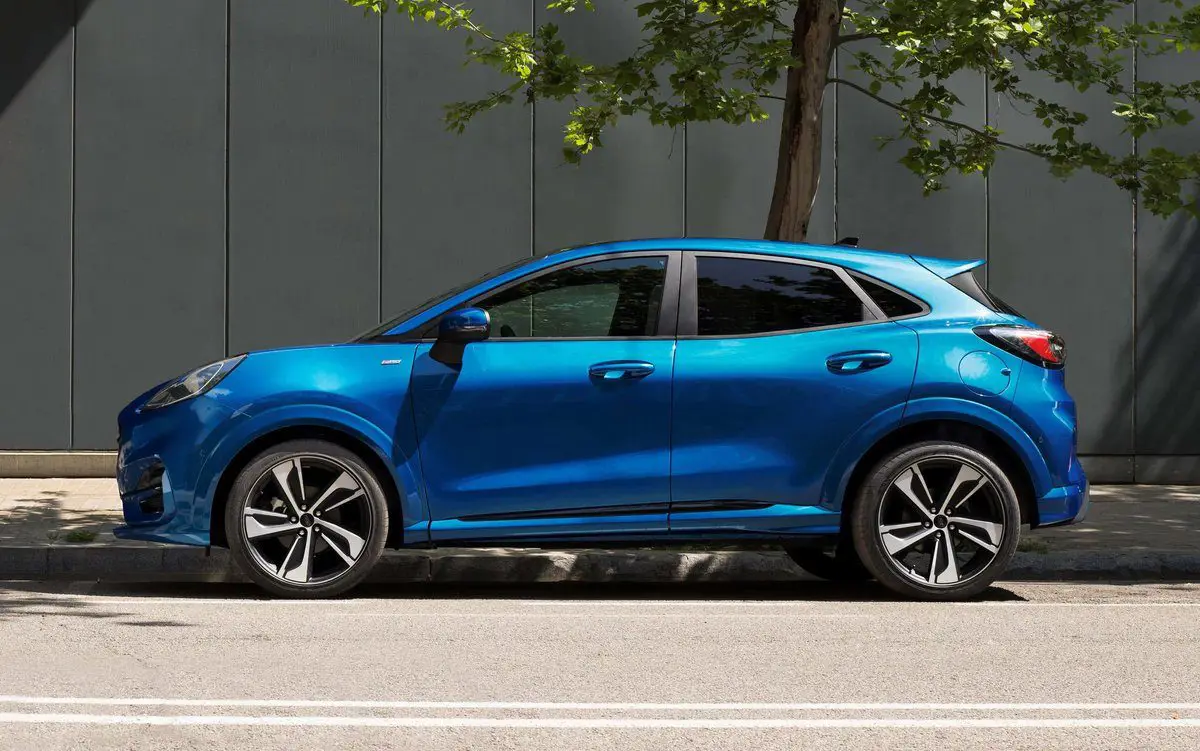
Standard safety kit includes a lane-keeping aid, pre-collision assist and pedestrian and cyclist detection. ST-Line adds a sportier body kit and interior trimmings, plus a 12.3-inch digital instrument cluster, while ST-Line X adds part-leather upholstery, privacy glass and a B&O premium audio system.
The First Edition trims are mostly similar to these specifications but add extra equipment. Choosing the Titanium First Edition gets you a heated steering wheel and heated seats, privacy glass and a driver assistance pack with extra safety equipment that includes rear cross-traffic alert, a rear-view camera and adaptive cruise control.
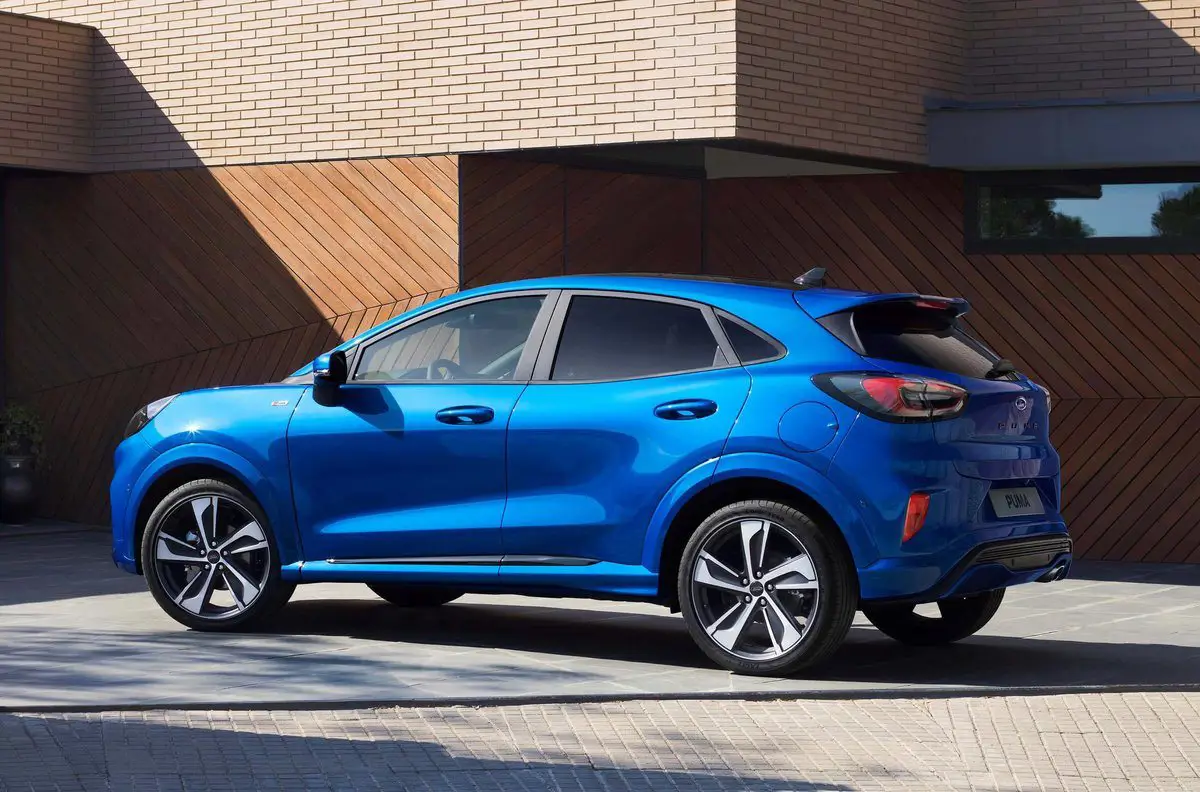
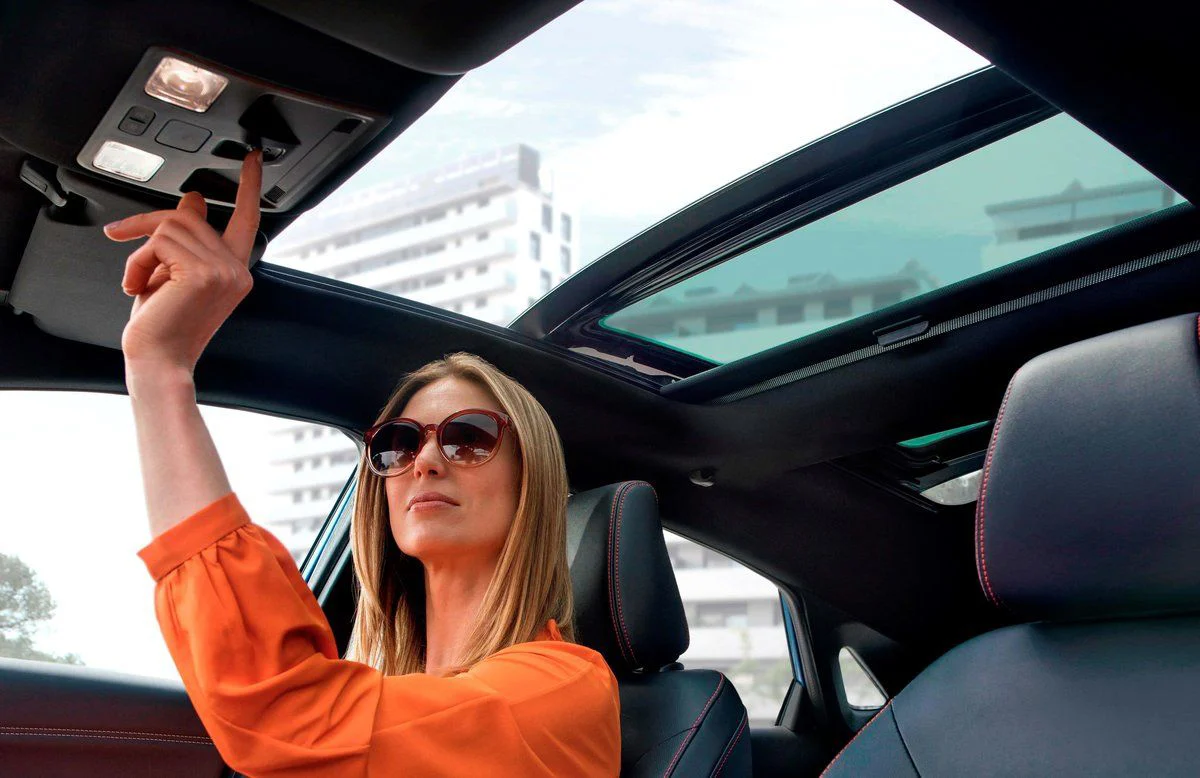
The ST-Line X First Edition brings the driver assistance pack alongside LED headlights, keyless entry and a powered tailgate, and there’s an ST-Line X First Edition Plus version with 19-inch alloy wheels and a panoramic sunroof.
Like its coupe namesake from the 1990s, the new Puma shares its underpinnings with the Ford Fiesta. In every other sense it’s all change, with the new Puma getting an all-new five-door coupe-like design that is 46mm longer, 54mm higher and 71mm wider than the Fiesta. The Puma’s wheelbase is 95mm longer, too.
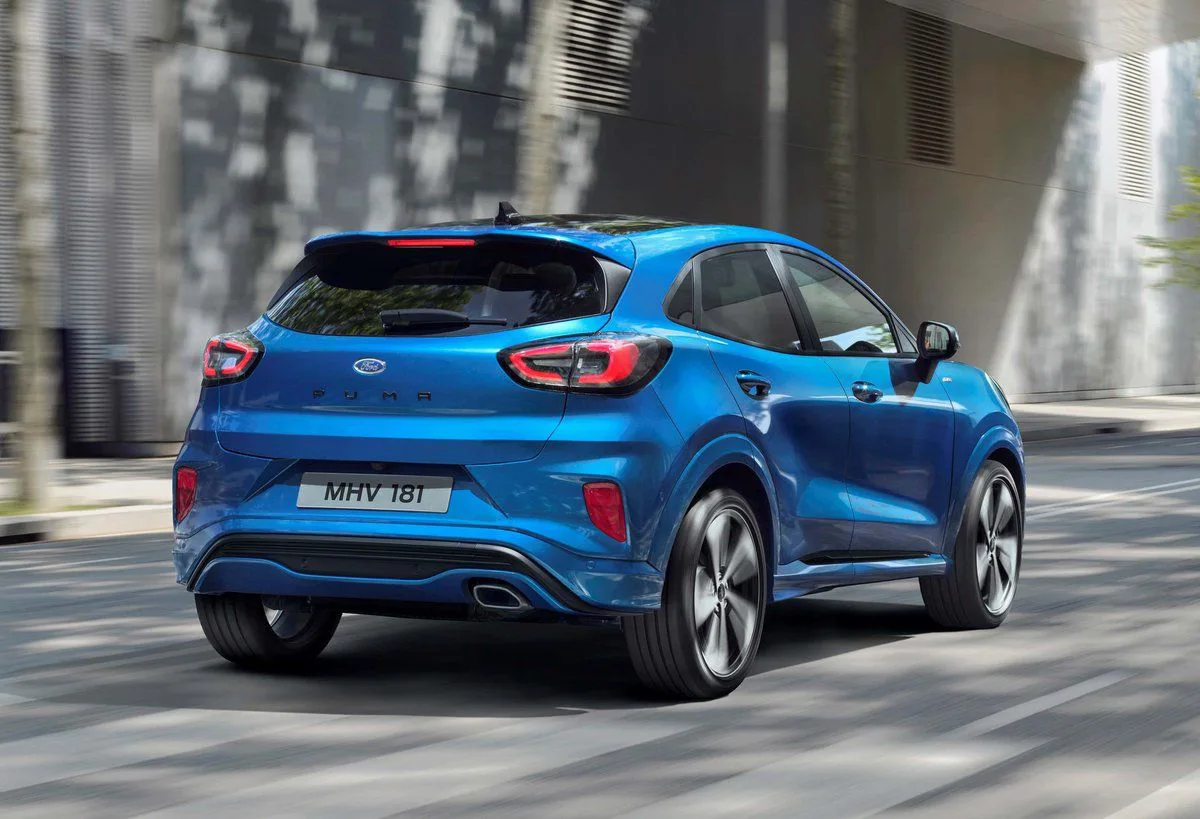
From launch, two versions of Ford’s 1.0-litre EcoBoost petrol engine are offered. Both feature mild-hybrid technology to save fuel, and are economical as a result. The 123hp engine returns up to 61.4mpg, and the more powerful 153hp version should still realise 58.9mpg. Only the 153hp engine with the bigger wheel options emits over 100g/km of CO2, so the Puma is likely to be a good choice for company-car drivers. Zero-to-62mph takes 9.8 seconds with the smaller engine and 8.9 seconds in the more powerful car.
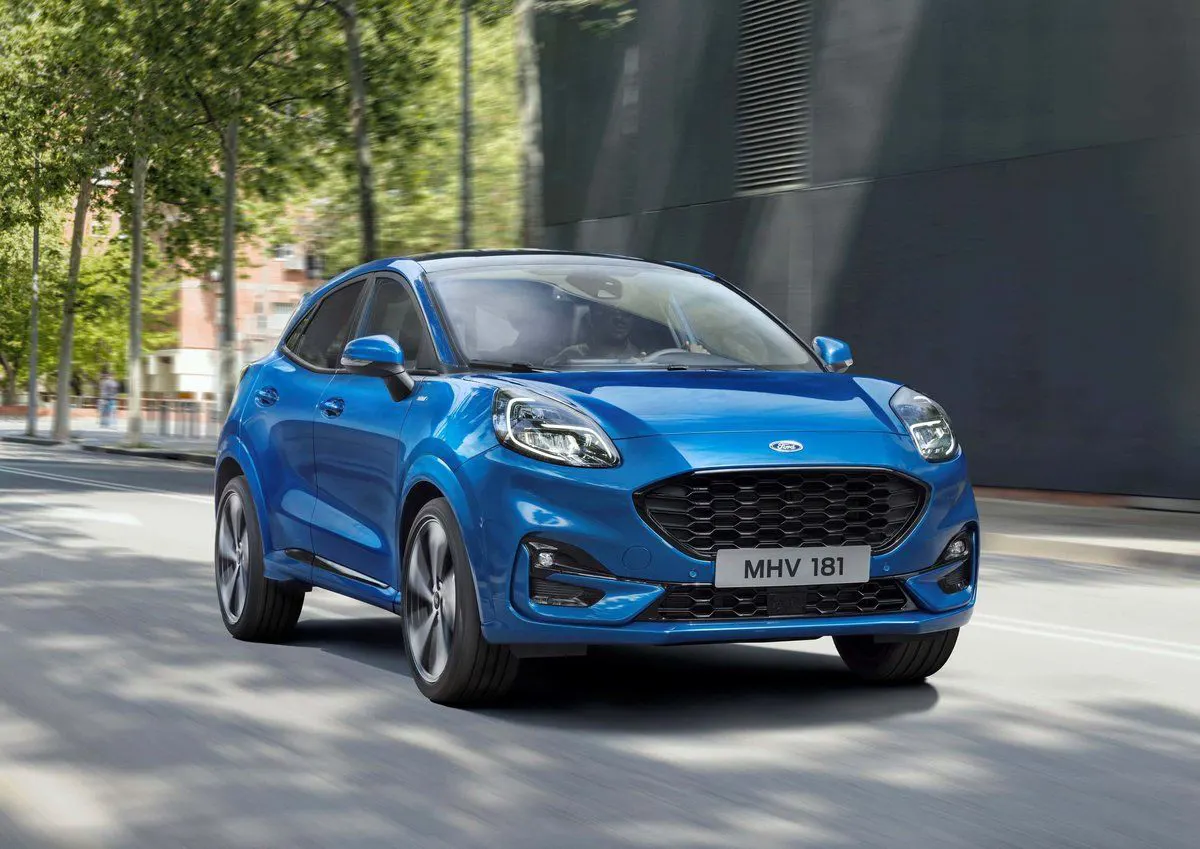
Inside, the dashboard is similar in design to the Fiesta with an eight-inch centrally mounted infotainment screen featuring Ford’s SYNC-3, Apple CarPlay and Android Auto connectivity and a digital dial cluster. Both the front and rear seats feature removable covers, allowing owners to mix-and-match their interior colours but to also remove them for cleaning when needed. Massaging seats will be available on higher trim levels.
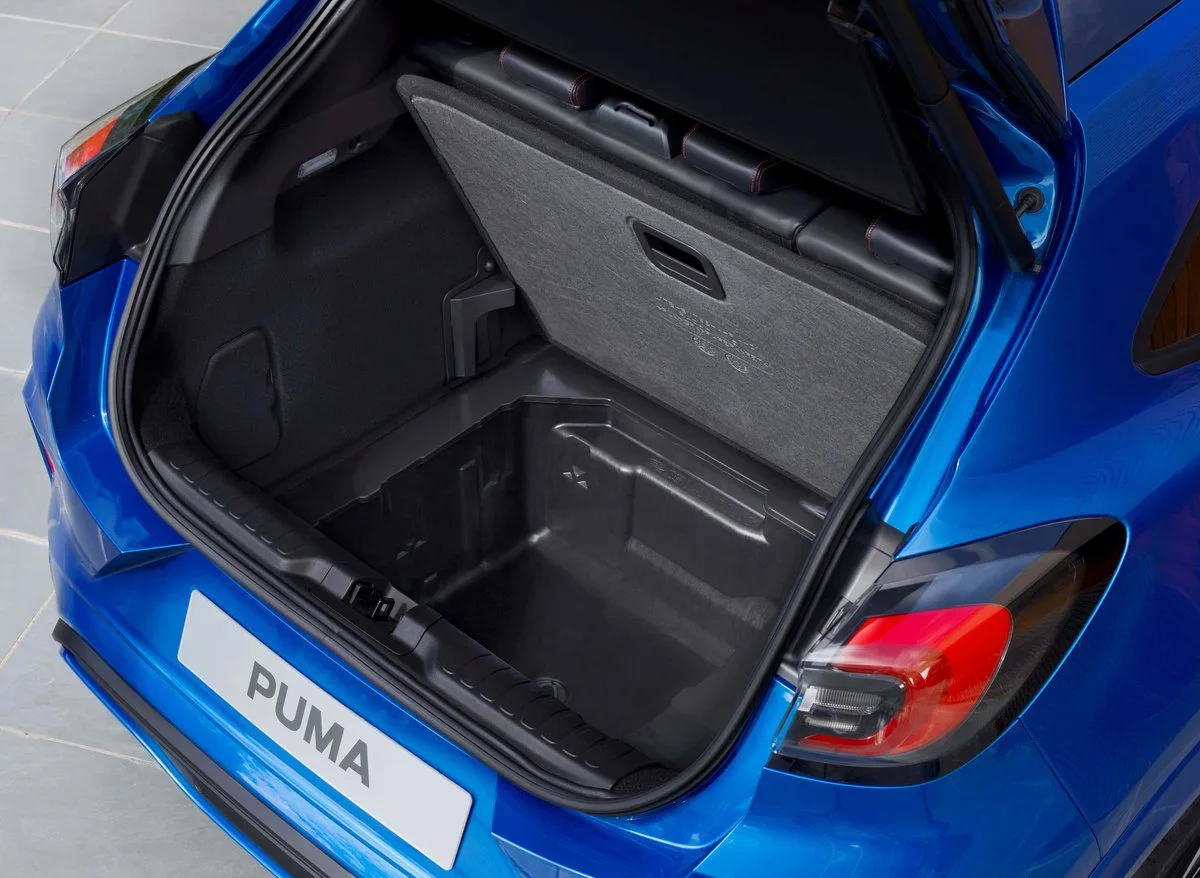
The new Puma is practical too, with a 456-litre boot and a rear parcel shelf that is made from a flexible material that makes it adaptable to the shape of items in the boot. The boot floor can be raised or lowered, or folded against the rear seats. According to Ford, this gives enough space for a couple of small suitcases or a golf bag stored upright. The lower boot also has a drain plug in the floor allowing you to clean the entire boot if required.
A lesser-powered 94hp version of the same 1.0-litre engine will arrive later, along with a diesel model and the option of a seven-speed dual-clutch automatic gearbox.
To pre-register your interest in the new Ford Puma, please call our friendly customer service team on 0161 826 9716.




